Ride Impression: 2015 Yamaha YZ250FX
FX-Factor?
We sample the all-new YZ250FX – the enduro/motocross bike hybrid that Yamaha has just launched in NZ – to get a fix on exactly where it sits relative to the 2015 YZ250F and WR250F.
Yamaha’s faithful will proudly tell you that their WR250F has racked up 26 championships in the 14 years since it was first released. But, seeing as the machine hasn’t been changed significantly since 2007, an upgrade was long overdue. So, for 2015, while Yamaha was in the process of completely overhauling their quarter-litre enduro model, they went one step further by also releasing a hardnosed cross-country version of it: the YZ250FX.
So, what exactly is this machine? Who is it built for? And, more importantly, how does the thing perform? Transmoto’s Andy Wigan spent a couple of days in New Zealand at the world launch to put the new FX though its paces.
YZ250FX vs WR250F vs YZ250F
The easiest way to think of the YZ250FX is as a hybrid version of the YZ250F and recently released 2015 WR250F. It’s a WR250F with firmer suspension settings, a YZ250F exhaust system (with mapping to suit) and no lights. Or, if you’d prefer to compare it with the motocrosser, it’s a YZ250F with a six-speed gearbox, electric-start and 18-inch rear wheel. Whichever way you look at it, the FX sits somewhere between its enduro motocross cousins.
More specifically, though, here’s how the FX differs from the other two machines…
Chassis
- Like the WR250F, the FX’s shock shaft is 4mm longer than the YZ250F’s (which equates to 10mm more travel and a taller seat) and it comes with a 2mm spacer under the upper triple clamp. Together, these mods steepen the two off-road models’ steering head angle and put more weight over their front wheel for sharper steering. The steering head spacer also helps compensate for the fact the rear of the seat is a tad higher than the YZ-F’s.
- The FX model gets the WR250F’s engine mounts, which are designed to help make the frame less rigid and produce a more forgiving ride.
- The FX’s fork uses the same 4.4N/mm spring rate as the WR250F, but a firmer 56N/mm shock spring (spring rates for the 2015 YZ250F’s fork and shock are 4.6 and 54N/mm, respectively). Compared with the WR-F, the FX’s fork also gets an extra 5ml of fork oil and revised valving, mainly to improve bottoming resistance.
- Because there’s no instrumentation on the FX (and therefore no speedo drive), it uses the YZ250F’s fork boots, front axle and fork protectors.
- The rims on both the WR250F and YZ250FX are silver, as opposed the black units that first appeared on the YZ250F for 2015
Engine
- The FX uses the YZ250F’s exhaust system. To keep noise emissions down, the muffler on both the YZ-F and YZ-FX re fitted with a spark arrestor (a 60mm long reverse cone made from a solid mesh).
- The FX’s ECU mapping is closer to YZ250F’s, but not the same. This is because, like the WR-F, the FX has more flywheel weight and runs a different gearbox (six-speed versus the YZ-F’s five), primary drive and clutch.
- The FX uses the WR250F’s clutch. Compared with the YZ250F, it gets lighter springs and four different friction plates in the middle of the stack (they’re made from a harder material for added durability and claimed to offer a better feel with the lighter springs). Also, to help retain more oil in the clutch and improve the predictability of its actuation, the WR250F’s inner clutch hub does not have the five holes that are found in the YZ250F’s inner hub.
- The FX model’s 13/51 final gearing is slightly shorter than the WR-F’s 13/50 sprocket combo.
Accessories
- The FX’s front brake is 100% YZ250F, while the rear is a hybrid of the YZ-F (master cylinder) and WR-F (caliper and disc).
- Like the WR-F, the FX gets an alloy sidestand and sealed O-ring chain, but it doesn’t get the thermo fan that appears on the WR250F.
- The FX runs Dunlop’s Geomax AT81 tyres at both ends (the YZ250F gets Dunlop’s MX52s, while the WR250F is fitted with Metzeler Six Days Extreme hoops).
- The FX doesn’t come with the hard-plastic bashplate the WR250F gets. Though it does come with a bracket to attach the alloy GYTR bashplate that Yamaha hopes you’ll buy from them.
- The FX is claimed to be 4kg lighter than the WR250F. That makes it about 5-6kg heavier than the YZ250F, which is accounted for by the FX’s starter motor and the gears associated with the electric start mechanism, plus its battery, sidestand and extra wiring.
“The FX’s suspension feels closer to a purpose-built enduro bike than a motocrosser. It’s still very forgiving in snotty terrain and doesn’t deflect off trail obstacles the way a motocross bike tends to.”
Why Build It?
Because Yamaha reckon there’s demand for it, is the short answer to that. They expect the model will appeal to all the cross-country racers in America, and to the Kiwis, whose riding is mostly on private land, and where you don’t need third-party insurance or a registered bike. But, as YMA’s Brand Development Manager, Peter Payne, explains, “The FX model is also expected to sell well in Australia, particularly to older guys who like the idea of a user-friendly YZ250F with the convenience of an electric leg”. It should also appeal to those who live in states where Rec Rego rules apply.
At the WR250F launch in Australia, Payne said YMA expects to sell a whopping 1500 WR250Fs in 2015, about 20% of which will come in YZ250FX guise. In New Zealand, however, the FX is expected to sell substantially better than the WR250F.
According to New Zealand motocross legend, Josh Coppins, who was heavily involved with the bike’s development, “The challenge with the FX model was to create a machine that was distinctly different to both the YZ250F and the WR250F. And we think we’ve found a really good middle ground with the FX. With its settings being a combination of both the enduro and MX machines, it targets guys who ride on private property; race cross-country, enduro or endurocross; or trailriders in NZ and Oz where rec rego means they don’t have to have registered bikes.”
How’s The FX Ride?
As you’d expect from a hybrid machine, the FX rides somewhere between the YZ250F and WR250F. As it’s 4-5kg lighter than the enduro model, it feels a little easier to manhandle, but the most noticeable difference is probably the feel through the handlebars. With a front numberplate in place of the headlight, the reduced weight attached to the bars helps give the entire chassis a more flickable, agile and faster-steering feel.
Like the WR250F, the FX’s chassis has a sweet combination of sharp steering at low speeds and sure-footage stability at pace. Similarly, its suspension action at both ends is very plush in the first part of the stroke. It might not float over a bunch of small rocks quite as effortlessly as the WR250F, but it remains very progressive and super-predictable. It firms up a little more through the mid-stroke and then has noticeably more bottoming resistance at both ends, meaning it keeps its composure on big hits and jump landings, even in the hands of heavier riders.
While the FX is designed to be firmer and sportier than the WR250F, the average 80-90kg off-road rider will find its suspension package feels closer to a purpose-built enduro bike than a full-blown motocrosser. It’s still very forgiving in snotty terrain and doesn’t deflect off trail obstacles the way a motocross bike tends to, which gives this machine a lot of versatility. And with more bottoming resistance, a heavier rider can push the thing hard with confidence in the bush, and happily carry that aggression over to the motocross track. While developing the machine, Coppins says his laps times aboard the FX were only 1 second slower than on the YZ250F, so it’s no slouch around a motocross track.
Interestingly enough, the FX model’s 56N/mm shock spring is actually firmer than the 54N/mm spring used in both its YZ250F and WR250F cousins. Why? According to the development team, the 56N/mm spring worked better on the big square-edged hits and logs (that generally aren’t found lying across a motocross track). The design team also seems to have assumed that the average cross-country rider (including gear and Camelbak) will be heavier than the average MX2-class motocross jockey.
What’s The Power Like?
Compared with the WR250F, the first thing you notice about the FX is how much more instantly it responds to throttle inputs. With a less restrictive exhaust, shorter gearing (13/51) and mapping that’s much closer to the motocross model, the FX gets into the meat of its power lower in the rev range and with more punch. It’s much happier to be short-shifted than the WR-F and, combined the impressive torque figures this 250cc, fuel-injected engine generates, it carries third gear up hills and through singletrack unbelievably well. It’ll chug up hillclimbs at low revs without falling off the power or scream its head off on fast, open firetrails and grasstrack. And even at the 1000m-plus altitude where we tested the bike in New Zealand, the FX remains one of the most powerful, torquey and responsive 250cc four-stroke off-road models we’ve ever ridden. It’s got incredibly versatile power for a quarter-litre off-road machine, and that’s complemented by a set of high-performance (and pretty long-wearing) Dunlop AT81 hoops.
“With a less restrictive exhaust than the WR250F, shorter gearing and mapping that’s much closer to the MX model, the FX comes on lower in the rev range and with more punch.”
Who’ll Buy One?
If you’re an off-road racer in Australia, the FX is the obvious choice over the WR250F – and not just because it comes without all the superfluous ADR componentry. The FX is lighter, more firmly sprung and comes with a punchier, more responsive engine. At $11,499, not only does it cost you $500 less than the WR250F, you’ll also save another $500 by not having to immediately buy an less restrictive aftermarket muffler for the thing. The same rationale applies for Kiwis and Yanks, and for Aussies who are lucky enough to live where Rec Rego rules apply. We reckon YMA’s Peter Payne is right in saying the model will attract more ‘mature-aged’ MXers, too. After all, the YZ250FX is now the only Japanese dirt bike on the market with a motocross pedigree and the convenience of an electric start.
What’s It Cost?
See the table below for MSRP (Manufacturer Suggested Retail Price) for both Australia and New Zealand. Quoted prices include GST, but exclude pre-delivery charges and on-road costs.
YZ250FX … In The Detail
Some small but significant stuff we noticed about the 2015 YZ250FX at the New Zealand launch:
- The radiators don’t come with reinforcement to guard against crash damage.
- The three Dzus clips that fasten the airbox lid seem to stay put, which hasn’t been the case with the 2014 YZ250F.
- Access to the air filter is quick and easy (three Dzus clips), but the wingnut securing the filter is a bit fiddly. That said, with the air filter positioned so high, it takes longer to get dirty and offers longer intervals between filter replacements. It also means you can cross deep creeks without stressing it’ll suck a lung full of water.
- The sealed O-ring chain’s rivet-link is slightly wider to carve a furrow in the chain slider. This is to help minimise drag.
- The concealed fuel cap makes for a flush seat/tank junction, but the cap itself (with thin plastic grip-tabs) is difficult to undo.
- It’s a cinch to get to the cold-start button, which doubles as a idle screw.
- The inlaid graphics on the radiator shrouds (the only place on the bike where decals are used) are much more durable that the conventional old stick-on units.
- The black rims that appeared on Yami’s 2015 MXers might have made the FX even more attractive, but the silver finish is more practical in a world where the rims cop a lot of abuse on the trail and from tyre levers.
- The 7.5 litre fuel tank is fine for the average guy, but not for adventure-oriented riders (who want more than 100km between stops). That said, IMS’s aftermarket 12-litre tank (already available for the YZ250/450F, whose frame the FX shares) will fit straight on (plus adventure riders are more likely to gravitate toward the WR250F to begin with).
- To ‘enduro-ise’ the FX, YMA says they plan offer a reftro-fittable competition lighting kit (whose componentry and RRP is yet to be determined).
The 2015 WR250F…
For a comprehensive report on Yamaha’s all-new 2015 WR250F – the fascinating story behind its development, how it differs from the YZ250F (and YZ250F) on which its based, and how the thing performs – grab yourself a copy of the Jan-Feb issue of Transmoto (issue#48), which goes on sale December 29. Also keep an eye out for the behind-the-scenes footage from the Coffs Harbour and Queenstown launches for the WR250F and YZ250FX, respectively, that’ll be online in the coming weeks. For now, check out our initial ride impression on the all-new W250F.
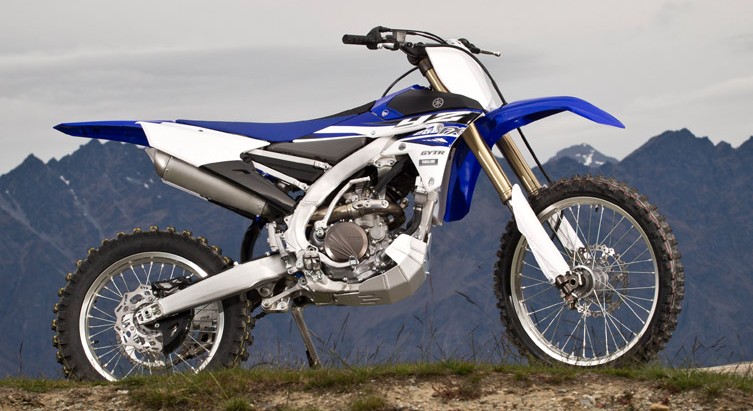
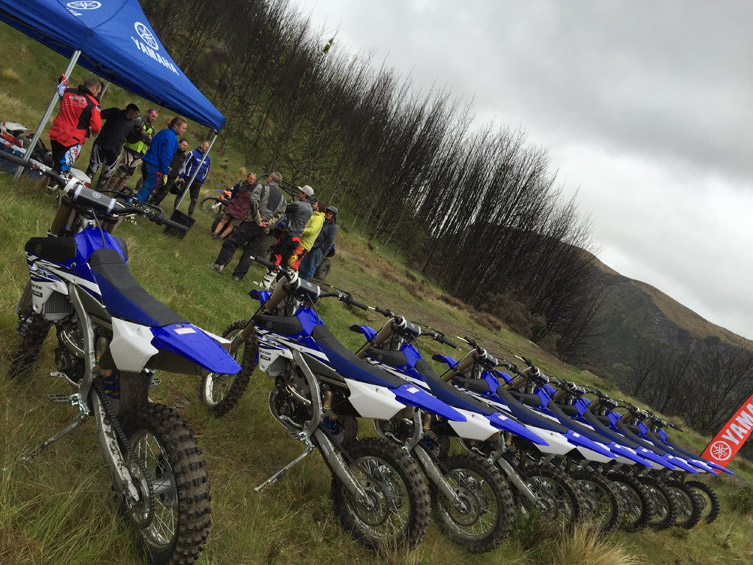
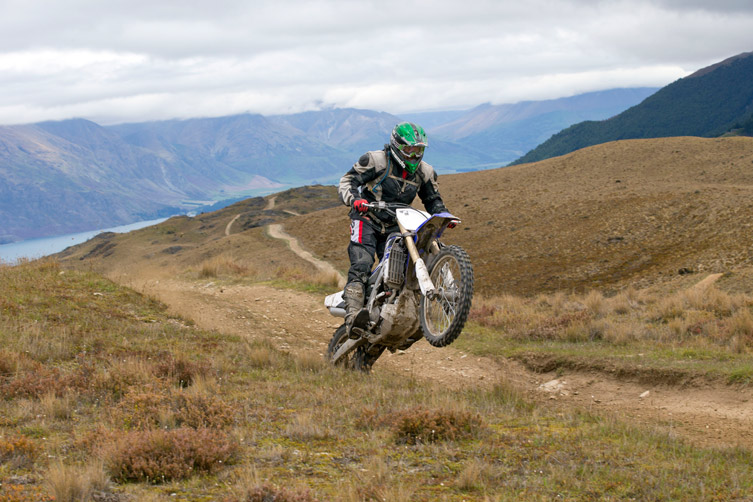
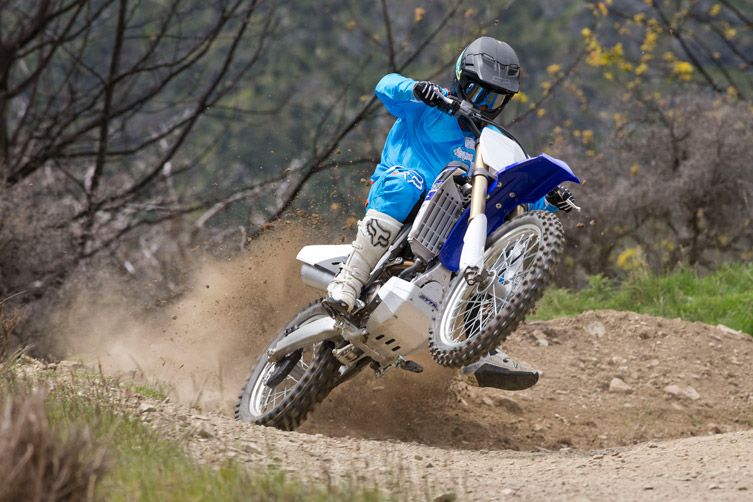
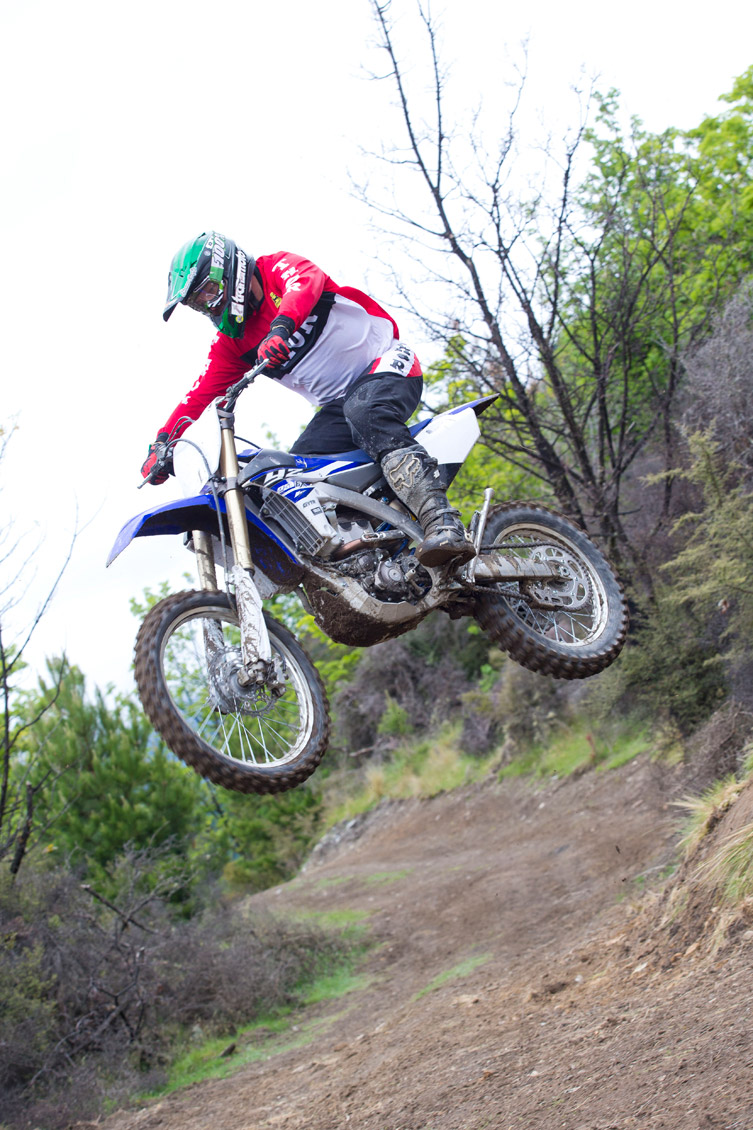










Be the first to comment...